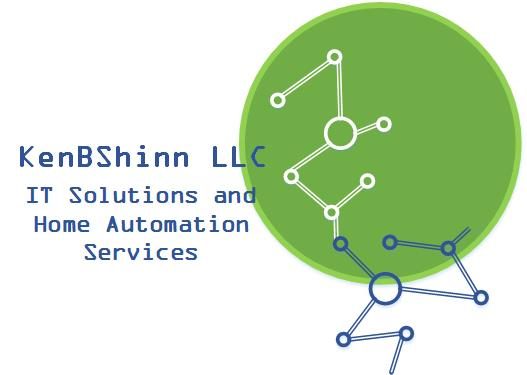I recently ran into an issue with being unable to remove a plug-in from vCenter. When looking in vCenter under Administration > Client Plugins I found the pluging was failing to install and was continually attempting to restart the installation.The option to remove or disable the plug-in was greyed out.
I opened a case with VMware support and was directed to their KB article on how to remove plug-ins via the MOB.
Here is the a excerpt from the KB Article on how to remove the plug-ins:
To remove unwanted plug-ins from the available plug-in list:
- In a web browser, navigate to https://vCenter_Server_name_or_IP/mob.
Where vCenter_Server_name_or_IP/mob is the name of your vCenter Server or its IP address. Log in with your vCenter SSO admin credentials.
- Click Content.
- Click ExtensionManager.
- Select and copy the name of the plug-in you want to remove from the list of values under Properties. For a list of default plug-ins, see the Additional Information section of this article.
- Click UnregisterExtension. A new window appears.
- Paste the key of the plug-in and click Invoke Method. This removes the plug-in and results in void.
- Close the window.
- Refresh the Managed Object Type:ManagedObjectReference:ExtensionManager window to verify that the plug-in is removed successfully.
Note: If the plug-in still appears, you may have to restart the vSphere Client.
To disable the plugin through the Client Plug-In manager within the vSphere Web Client 5.1 and later:
- Log in to the vSphere Web Client with an vCenter Server Administrative user.
- When the error appears, click No.
- Navigate to Administration > Client Plug-Ins.
- Locate the client plug-in you want to disable.
- Right-click this entry and select Disable.
- Click Yes on the pop-up box for disabling the plugin.
I followed the above guide however I did run into something that is not in the guide. In the:
Click UnregisterExtension. A new window appears.
The popup message actually looks like an error and doesn’t indicate that it actually does anything.
However, once it is done you can go back to the plug-ins section and either the plug-in will be deleted or it will not be attempting to install anymore so you can click remove to get rid of it.
I hope that you found this post helpful and if so please feel free to share it with others. Also be sure to check out some of my other posts on Virtualization topics.
